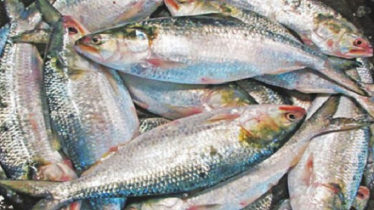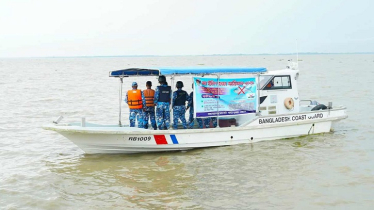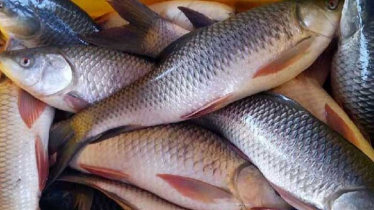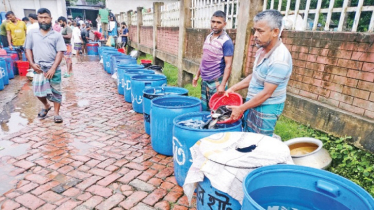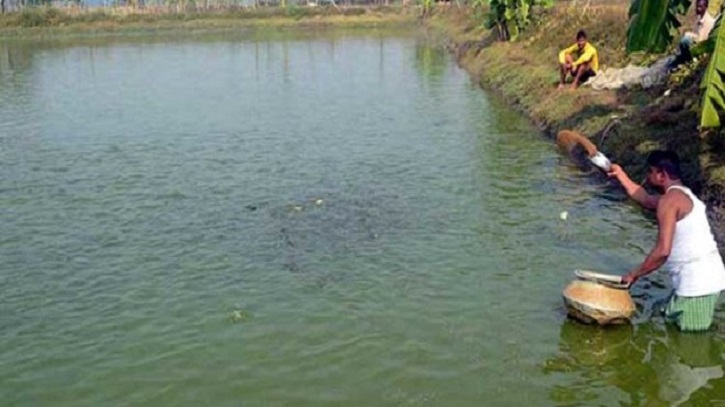
Many fish farmers are facing significant losses due to the use of substandard fish feed. A growing number of them are also using poultry litter as an alternative feed, often without understanding its risks or conducting proper laboratory testing to ensure quality.
Feed management plays a crucial role in profitable fish farming, as feed costs account for more than 70 percent of total production expenses. Farmers typically use either commercial feeds or prepare them independently. However, unless the feed provides proper nutrition suited to the fish’s age and size, profitability remains low.
Both underfeeding and overfeeding cause serious problems. Insufficient feeding prevents expected growth and yield, while excessive feeding leads to waste of both feed and money. Overfeeding also pollutes pond water, resulting in fish mortality.
One of the common challenges farmers face is not knowing the exact number of fish in their ponds. This lack of data leads to inaccurate feed application. To achieve optimal results, farmers should determine the number and average weight of fish and then adjust feed quantities according to water quality. Many farmers feed irregularly rather than following a consistent schedule, which makes commercial fish farming unviable.
In some cases, due to financial constraints, farmers fail to provide adequate feed during mid-season, leading to reduced growth and lower profits. Organic and inorganic fertilizers can play a supportive role in producing natural food in ponds, but excessive use brings serious risks. Over-application of fertilizers may cause “plankton bloom,” which deteriorates water quality, produces harmful gases, and ultimately kills fish. Therefore, fertilizers should only be applied when necessary.
Proper feed management is essential for sustainable fish farming.
Meanwhile, the use of poultry litter as fish feed has become increasingly common, driven by the misconception that it contains sufficient nutritional value. However, this practice has led to multiple complications. Poultry litter often contains sawdust, which fish cannot digest, causing bloating and death. Litter made primarily of rice husk has similar effects. Large quantities of litter also degrade water quality, increasing ammonia levels that kill fish in large numbers. Moreover, maintaining water quality under such conditions requires extensive use of costly chemicals and medicines.
Another alarming concern is that poultry litter may introduce antibiotic residues into the fish, posing serious public health risks.
The issue raises a critical question: how rational is the use of poultry litter as fish feed?
This article was written by Kabir Bin Jobed, Joyed Faizun Manzil, Rampur Bazar, Faridganj, Chandpur, and sourced from Krishi Tathya Service.


